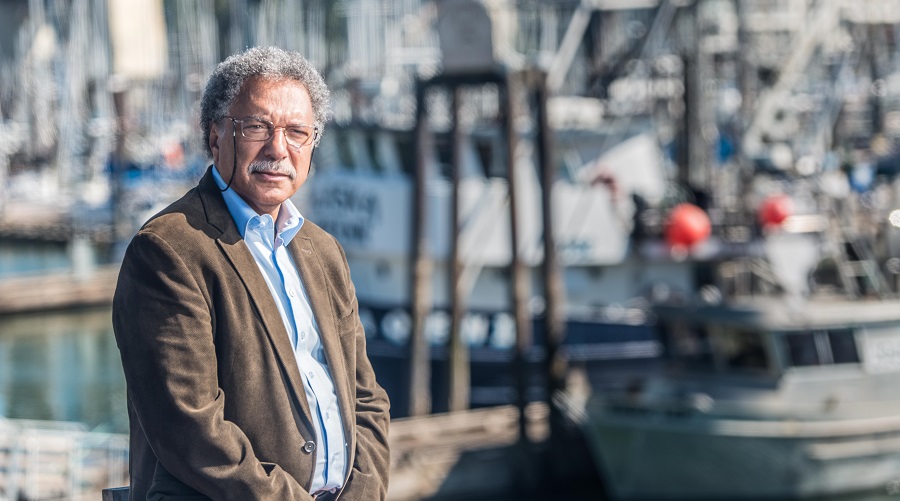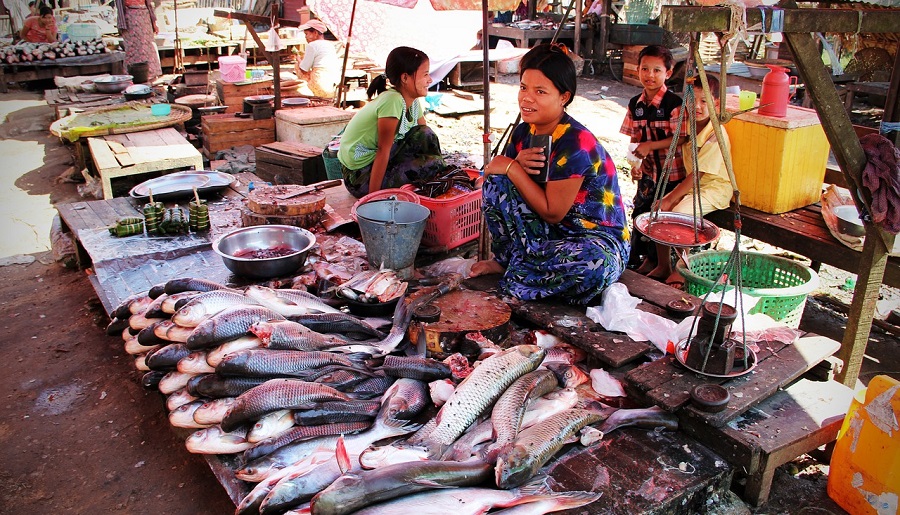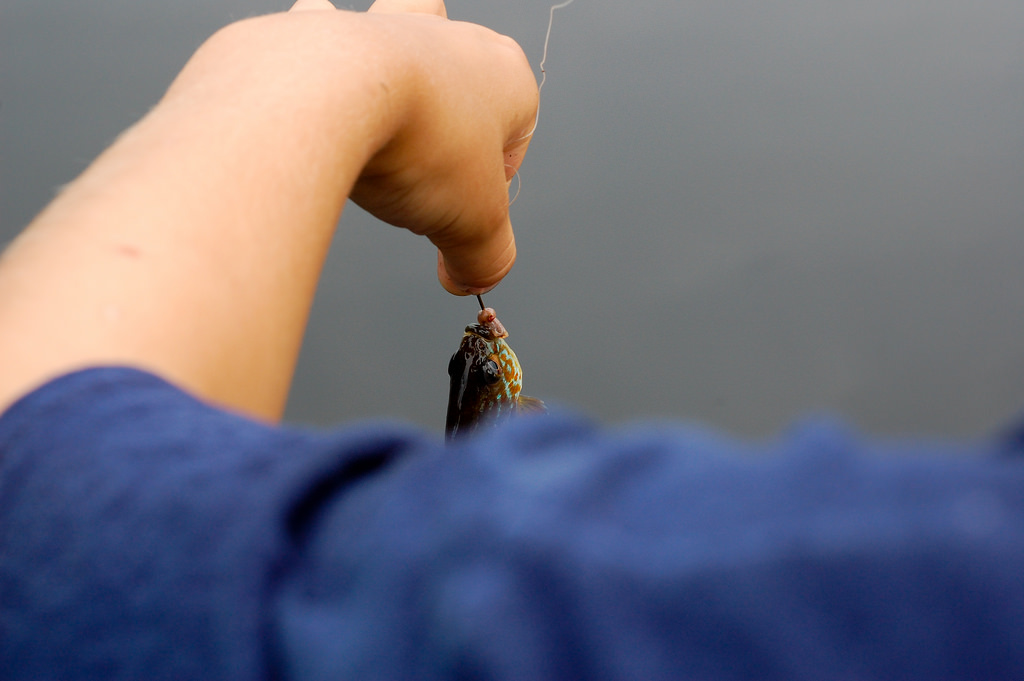The Sea Around Us Principal Investigator, Dr. Daniel Pauly, is amongst the top 0.01% of the world’s scientists based on the impact of his publications.
Tag: fishing down
China’s Bohai Sea left with only tiny fish
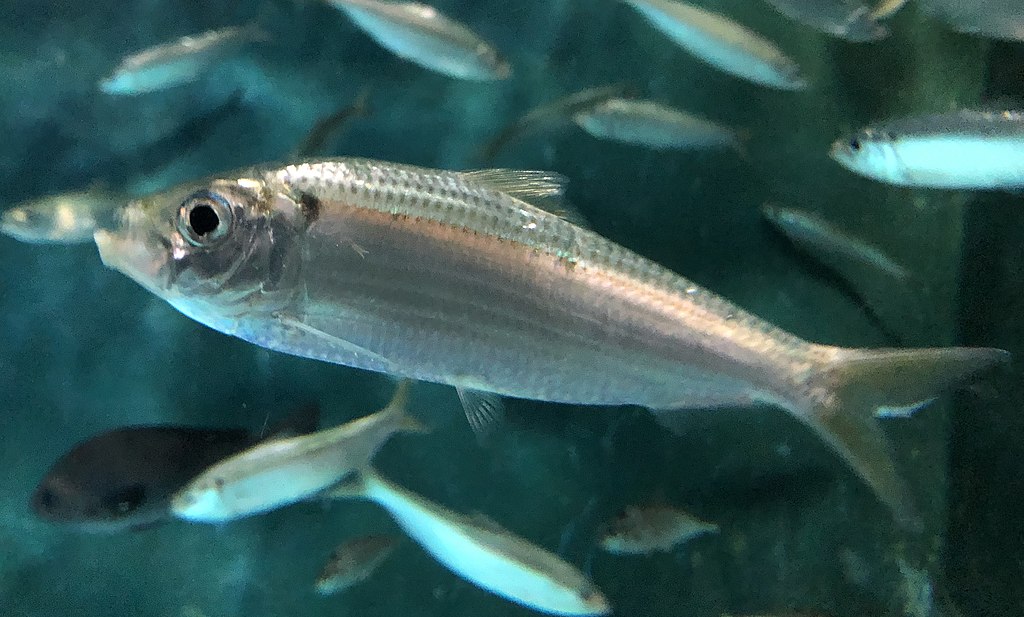
Japanase sardinella. Image by Totti, Wikimedia Commons.
Smaller fish and invertebrates, such as gazami crab or Japanese sardinella, are replacing larger, more commercially valuable fish such as largehead hairtail in the Bohai Sea in northeastern China.
A new study by scientists with the Chinese Academy of Sciences and the Sea Around Us initiative at the University of British Columbia’s Institute for the Oceans and Fisheries shows that industrial fisheries have severely affected food webs in the Bohai Sea, with organisms that occupy lower levels in the food web becoming more common than larger predators.
Restricting industrial fishing can make fish more valuable
Closing the high seas to all fishing and curtailing industrial fleets’ operations by eliminating the subsidies they receive, would increase the amount of fish available to small-scale fishers, boost the quality of the fish and make it more valuable, finds a new paper by the Sea Around Us Principal Investigator Daniel Pauly.
In less than two minutes, learn why fish catches are declining
As the Sea Around Us team revealed in its 2016 Nature Communications paper, global fish catches have been declining, on average, by 1.2 million metric tons per year since 1996.
This decline has resulted in lower per capita seafood availability and threatens food security in poor, developing countries. In fact, a group of scientists, among them the Sea Around Us Senior Scientist Dirk Zeller, has predicted that 11% of the global population could face micronutrient and fatty-acid deficiencies driven by fish declines over the coming decades.
That is 845 million people living with extremely low levels of iron, zinc or vitamin A.
Documenting history in Turkey
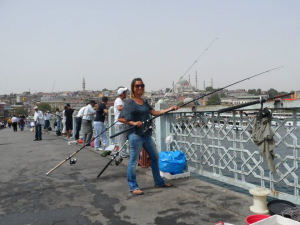
The author conducting research on recreational anglers on Galata Bridge, in the Golden Horn estuary of Istanbul (© A. Ulman)
by Aylin Ulman
In 2011, I began working for the Sea Around Us Project to complete catch reconstructions for Eastern Mediterranean and Black Sea countries. I quickly realized, while studying Turkey’s fisheries, that some marine ecosystems of Turkey recently underwent immense reductions of commercial species [1], leading to entire trophic shifts, but little data were available to explain these issues. At the beginning of my MSc with Daniel Pauly in 2012, it was decided that I’d go to Turkey to document the shifting baselines syndrome, i.e., gradual shifts in perception of the ecosystem, and collect details on these missing species/habitats.


